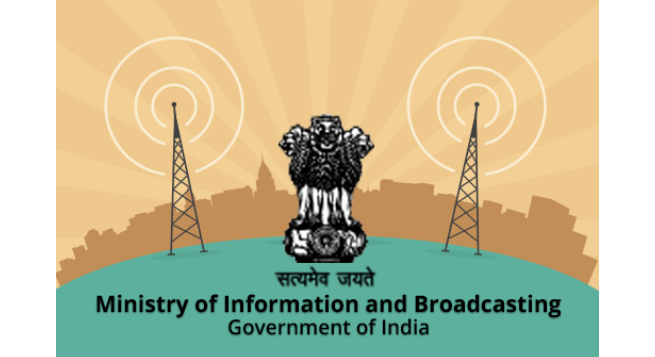The Ministry of Information and Broadcasting has decided to put the output feed of MSOs and cable operators under scanner by having them monitored, though the reason behind such a move is still not clear.
“ln order to ensure adherence to the provisions of Cable Television Networks (Regulation)Act, 1995 and Rules made thereunder, it has been decided to monitor output feed of cable operators through a monitoring device,” an advisory from the MIB stated Tuesday.
Though the monitoring devices are to be installed on the headends of the cable operators by a government agency, who would bear the cost of such installations was not clarified in the advisory.
MIB said the cable operators were being “requested to cooperate” with officials and a technical team from BECIL, which is a technical unit of the ministry.
“It is also requested to furnish the requisite information regarding Head-end locations, Conditional Access System detail, Transport Stream / Frequency detail, RF Feed details, Platform Service details, CTAV Signal distribution areas, STB Seeding details, etc., required by BECIL officials/team for monitoring system,” the MIB advisory further stated.
Any non-cooperation will be viewed as violation of existing regulations and could invite action as per the provisions of the Cable Television Networks (Regulation) Act, 1995.
Commenting on the directive, Sanjiv Narain, CMD of Guwahati-based Axom Cable Communication, said, “This is a good step which will stop piracy. But at the same time the government will also be keeping a track on (TV) journalism, which might impact its freedom of speech.”
The present directive is in addition to work done by Electronic Media Monitoring Centre (EMMC), under MIB, with the aim to have effective monitoring of content of various TV channels beaming into Indian homes. The centre was established by the Indian Government in 2008.
The EMMC, according to its website, is entrusted with the work of monitoring the TV channels for the following reasons:
(a) All TV channels uplinking and downlinking in India to check the violation of Programme and Advertisement Codes enshrined in Cable TV Networks (Regulation) Act 1995 and Rules framed there under.
(b) Any other such work relating to monitoring of contents of the broadcasting sector assigned by the government from time to time. At present, EMMC records around 900 TV channels round the clock and carries out a scrutiny of violations by electronic media in accordance with Indian regulations.
(c) EMMC puts out reports on violations along with the recorded clips to the Scrutiny Committee, which examines and goes into the purported violations and forwards its findings to the Inter-Ministerial Committee and other bodies for further action.
 TRAI revamps website to connect with wider audience
TRAI revamps website to connect with wider audience  Prime Video to limit in India number of TV sets having access per subscription
Prime Video to limit in India number of TV sets having access per subscription 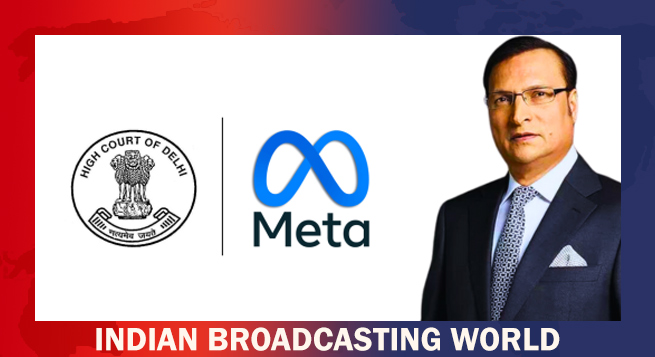 Delhi HC orders meta to remove deepfake videos of Rajat Sharma
Delhi HC orders meta to remove deepfake videos of Rajat Sharma 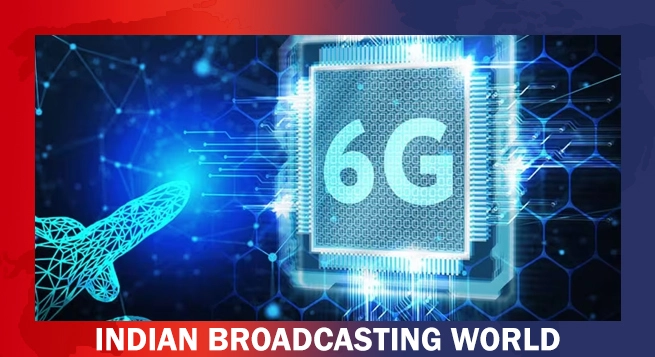 India’s telecom industry eyes 6G and AI revolution
India’s telecom industry eyes 6G and AI revolution  Junaid Khan, Khushi Kapoor set to come in ‘Loveyapa’
Junaid Khan, Khushi Kapoor set to come in ‘Loveyapa’ 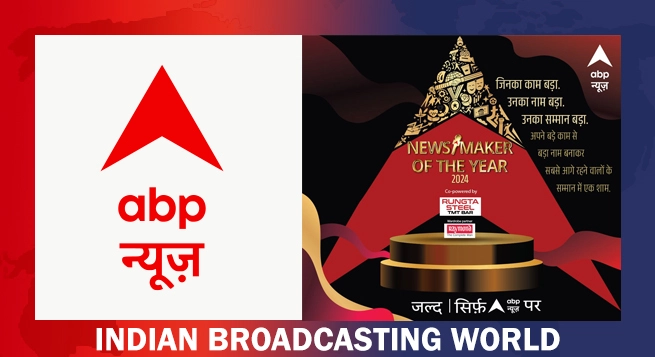 ABP News hosts ‘Newsmaker of the Year Awards’ to honour 2024’s trailblazers
ABP News hosts ‘Newsmaker of the Year Awards’ to honour 2024’s trailblazers 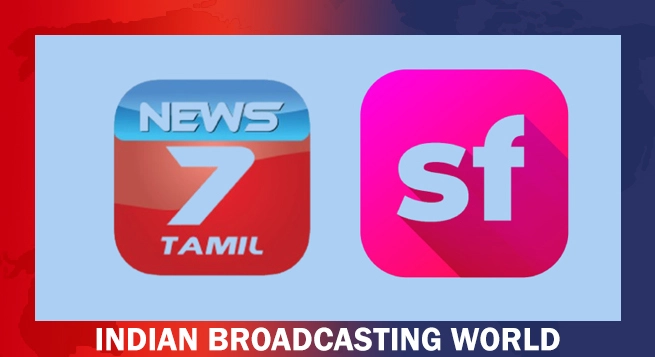 ShortFlix, News 7 Tamil collaborate to launch new entertainment show
ShortFlix, News 7 Tamil collaborate to launch new entertainment show  CNN-News18 concludes 2024 with year-end specials spotlighting Bollywood
CNN-News18 concludes 2024 with year-end specials spotlighting Bollywood 


